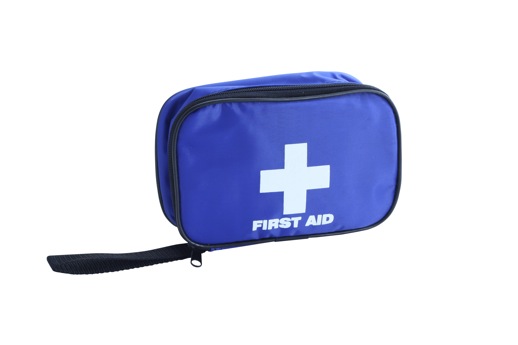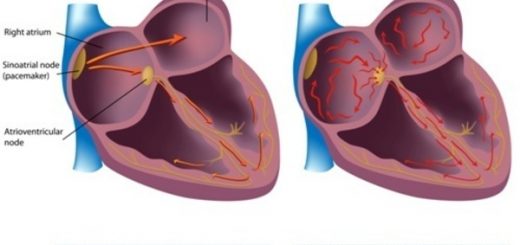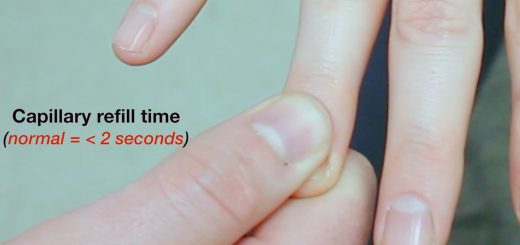First Aid for Hypoglycemia: 8 Essential Steps
Were you aware of the fact that low blood sugar is particularly common among people who suffer from type 1 diabetes?
Hypoglycemia or low blood sugar occurs when a person’s glucose or blood sugar goes below the typical range. If a person has diabetes, hypoglycemia takes place when their blood sugar level goes below 70 milligrams per deciliter (mg/dL), which is also written as 3.9 millimoles per liter (mmol/L).
If a person is not diabetic, they have hypoglycemia when their blood sugar level falls below 55 mg/dL or 3.1 mmol/L.
I believe that being aware of how to identify low blood sugar is imperative since leaving it untreated can be quite dangerous, and if you’re aware of the condition, you can help others in need as well.
When it comes to long-term treatment for hypoglycemia, it requires the cause of the condition to be identified and treated accordingly. Do you want to learn more about what low blood sugar entails?
If yes, then keep reading, because in this article, we will be discussing the symptoms and causes of hypoglycemia, the first aid for hypoglycemia, and how to prevent low blood sugar.
What are the Symptoms of Hypoglycemia?
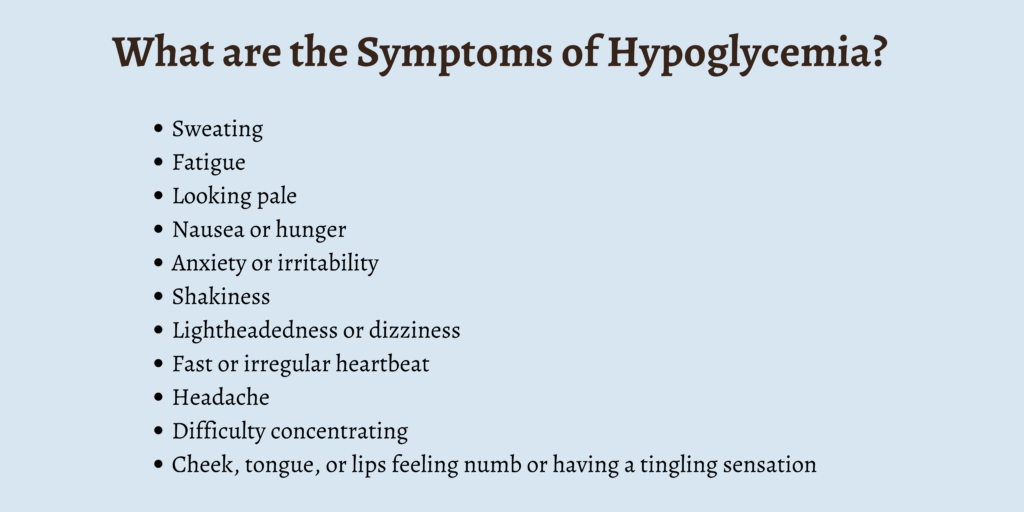
The symptoms of hypoglycemia include:
- Sweating
- Fatigue
- Looking pale
- Nausea or hunger
- Anxiety or irritability
- Shakiness
- Lightheadedness or dizziness
- Fast or irregular heartbeat
- Headache
- Difficulty concentrating
- Cheek, tongue, or lips feeling numb or having a tingling sensation
If someone’s hypoglycemia gets worse, the signs could be:
- Having nightmares if they are asleep
- Displaying unusual behavior or being confused
- Tunnel vision or blurred vision
- Loss of coordination
Severe hypoglycemia could lead to seizures or loss of consciousness.
Causes of Hypoglycemia
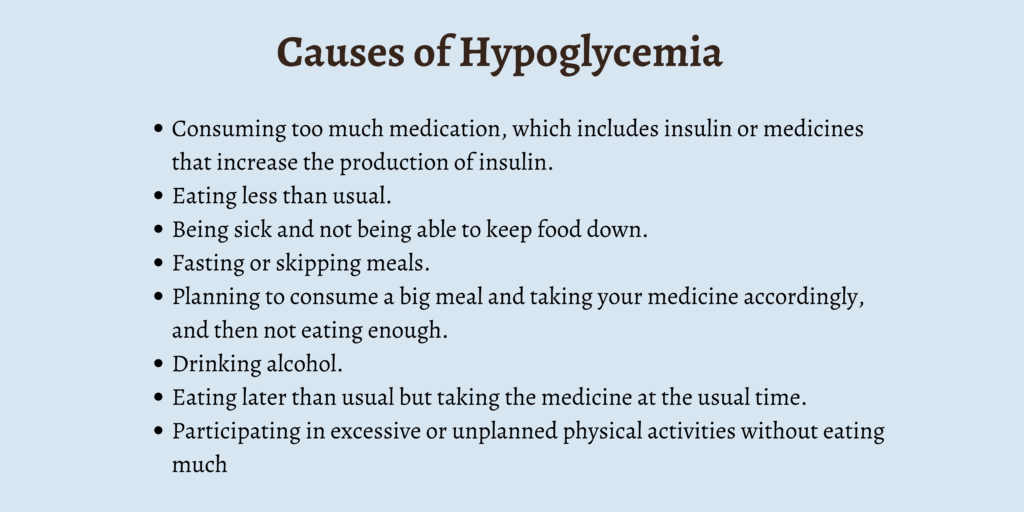
The causes of hypoglycemia in people with diabetes could be:
- Consuming too much medication, which includes insulin or medicines that increase the production of insulin.
- Eating less than usual.
- Being sick and not being able to keep food down.
- Fasting or skipping meals.
- Planning to consume a big meal and taking your medicine accordingly, and then not eating enough.
- Drinking alcohol.
- Eating later than usual but taking the medicine at the usual time.
- Participating in excessive or unplanned physical activities without eating much.
If a person doesn’t have diabetes, the causes of hypoglycemia might include:
- Consuming certain medications
- Drinking alcohol excessively
- Being malnutritional or being starved for long periods of time
- Suffering from endocrine disorders
- Having hormone deficiencies
- Overproduction of insulin
- Suffering from certain severe illnesses
First Aid for Hypoglycemia
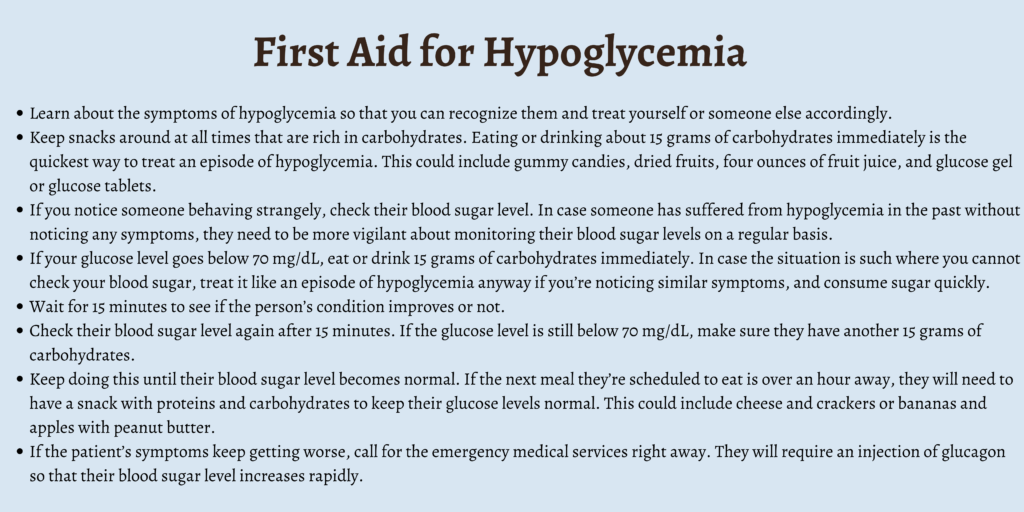
Here is what you need to do in terms of first aid for hypoglycemia:
- Learn about the symptoms of hypoglycemia so that you can recognize them and treat yourself or someone else accordingly.
- Keep snacks around at all times that are rich in carbohydrates. Eating or drinking about 15 grams of carbohydrates immediately is the quickest way to treat an episode of hypoglycemia. This could include gummy candies, dried fruits, four ounces of fruit juice, and glucose gel or glucose tablets.
- If you notice someone behaving strangely, check their blood sugar level. In case someone has suffered from hypoglycemia in the past without noticing any symptoms, they need to be more vigilant about monitoring their blood sugar levels on a regular basis.
- If your glucose level goes below 70 mg/dL, eat or drink 15 grams of carbohydrates immediately. In case the situation is such where you cannot check your blood sugar, treat it like an episode of hypoglycemia anyway if you’re noticing similar symptoms, and consume sugar quickly.
- Wait for 15 minutes to see if the person’s condition improves or not.
- Check their blood sugar level again after 15 minutes. If the glucose level is still below 70 mg/dL, make sure they have another 15 grams of carbohydrates.
- Keep doing this until their blood sugar level becomes normal. If the next meal they’re scheduled to eat is over an hour away, they will need to have a snack with proteins and carbohydrates to keep their glucose levels normal. This could include cheese and crackers or bananas and apples with peanut butter.
- If the patient’s symptoms keep getting worse, call for the emergency medical services right away. They will require an injection of glucagon so that their blood sugar level increases rapidly.
How to Prevent Hypoglycemia
If a person suffers from diabetes, it could be difficult for them to prevent hypoglycemia. However, their diabetes management plan can be adjusted so as to decrease the number of hypoglycemia episodes they could experience.
Listed below are some of the steps to take to prevent low blood sugar:
- Consume your medicines exactly how they have been prescribed by your doctor.
- If your healthcare provider has given you certain instructions about exercising and eating, make sure to follow them diligently.
- Check your blood sugar every day or make use of a continuous glucose monitor (CGM) before and after working out, before and after having your meals, and before going to bed.
- Once you have suffered an episode of low blood sugar levels, remember to jot down all the details of the episode. The details would include the time at which the episode took place, the symptoms you experienced, what your glucose levels were, whether you had exercised, and the food you had consumed recently. By showing these details to your healthcare provider, they can help in tweaking your management plan in a way such that this situation doesn’t arise again or happens as little as possible.
FAQs
What is hypoglycemia caused by?
Hypoglycemia can be caused due to several reasons, such as too much insulin, eating less than usual, and doing more exercise than one is typically used to.
What are the symptoms of hypoglycemia?
The symptoms of hypoglycemia can include sweating, shaking, dizziness, hunger, confusion, shaking, and anxiety or nervousness.
Why does blood sugar drop at night?
Blood sugar levels can drop at night if a person doesn’t eat enough food after taking their usual nighttime insulin dose or if they end up taking more than the prescribed dose in the evening.
What is the test for hypoglycemia?
A glucagon test is usually the common test conducted to diagnose hypoglycemia.
What is the immediate treatment for hypoglycemia?
The immediate treatment for hypoglycemia is to eat or drink something which contains sugar.
Conclusion
Hypoglycemia is pretty common among those who suffer from diabetes. It can become a life-threatening condition if not treated on time.
Therefore, it is vital for a person to regularly monitor their blood sugar and learn about the signs and symptoms that signal hypoglycemia for them personally. By doing so, they can prevent episodes of hypoglycemia from occurring.
The more you know about what triggers your low blood sugar, the better you can work with your healthcare provider to adjust your management plan accordingly.
If you’re not diabetic and are experiencing low blood sugar, then meet up with your doctor immediately. While serious underlying causes are rare, it’s better to be safe than sorry. Hence, get it checked right away.

